Zala and its Lantset ammunition
Development of ideas
It is reported that the appearance of the "Lancet" in two versions is directly related to the previous project of this kind. Zala "Cube" barrage ammunition received good marks, but it was not without criticism. Potential customers pointed to the need to finalize the on-board electronics and the operator console: it was necessary to ensure the preservation of the video link until it hit the target. These wishes were taken into account in the new project.
In addition, conclusions were made that affect the overall architecture and aerodynamic shape of the UAV. As a result, the new “Lancet” is completely different from the previous “Cube”. The new design provides for obtaining certain technical and operational advantages.
Under the name "Lancet" presented two versions of the shock UAV. Products "Lancet-1" and "Lancet-3" are unified by the airframe and part of the internal systems. The differences are in payload and flight performance. The vehicles carry combat units of different masses, and also differ in take-off weight and flight duration.
New design
Two "Lancets" have a very interesting look. These antiques ammunition built on the longitudinal biplane with two sets of X-shaped planes. They are installed on the fuselage of large elongation with an opto-electronic unit in the nose and the power plant in the tail. Plastics and composites are widely used in the construction of the UAV.
The unified block of optical equipment has a television channel with signal transmission to the operator’s console. Also, the UAV is equipped with its own navigation system that can determine coordinates from different sources and objects. Flight and targeting can be carried out both under the control of the operator, and independently. Perhaps the use of the combined mode.
The devices are equipped with electric motors of unnamed type. The engine is placed in the tail of the fuselage and is connected to the pusher propeller. Apparently, the Lancet-1 and Lancet-3 have different batteries, which affects their flight characteristics.
The “Lancet-1” is equipped with a high-explosive fragmentation warhead with a mass of 1 kg. In this configuration, it has a take-off weight of the entire 5 kg. UAV "Lancet-3" noticeably heavier. It weighs 12 kg and carries an 3-kg warhead. In their power, the warheads of two UAVs are equivalent to medium-caliber artillery shells. Undermining is carried out using pre-contact fuse.
Both locking ammunition are launched using a ground-based catapult, previously created for the "Cuba". In flight, they are able to reach speeds of 80-110 km / h. A lighter machine has a flight time of 30 minutes, a heavy version - up to 40 minutes. Operation at ranges up to 40 km from the operator’s console is provided.
The complex includes an operator's console, which ensures the reception and processing of data, as well as the transfer of commands to the ammunition. A training system has been created that most accurately simulates the operation of real UAVs. By integrating the necessary components, the simulator can be turned into a console for combat use.
Advantages of the "Lancet"
The displayed ammunition patrols have certain advantages of a technical, operational and combat nature. The presence of such qualities simplifies production and operation, increases the combat survivability and increases the likelihood of successful destruction of targets.
First of all, the capabilities of the Lancets are determined by their belonging to the class of loitering ammunition. Such UAVs are able to stay in a given area for some time and search for a target, and then destroy it. This simplifies reconnaissance and strikes. This does not exclude the sharing of "disposable" drones and reconnaissance vehicles.
The most important feature of the two "Lancets" is the aerodynamic configuration with two X-shaped sets of planes. It was used to reduce the dimensions of the bearing planes while maintaining the required lifting force. At the same time, we managed to increase the rigidity of the structure and increase the possible flight speed. Two sets of planes also improved the maneuverability of the device.
The developers claim that due to their high maneuverability, new UAVs in flight can even imitate the behavior of birds, confusing the enemy. This seriously complicates the search and identification of loot ammunition, as well as their subsequent destruction.
In the context of combat stability and survivability, other measures have been taken. It is believed that high-performance anti-drones should show laser air defense systems. Zala Aero Group has developed new methods to protect against such threats. Developers talk about the reflection of laser beams, but do not specify the details of such technologies.
The Lancet complex includes the minimum necessary amount of funds and is easy to operate. Due to this, it is claimed that an attack with a patrol ammunition is much cheaper than the use of self-propelled artillery with guided ammunition. Low cost provides another characteristic advantage: it simplifies the organization of massive raids aimed at overloading the enemy's air defense.
At the exhibition and at the site
The exhibition "Army-2019" demonstrates the full-scale mock of the new UAV. In addition, the Kalashnikov concern showed an advertising video of great interest. This video includes footage from the Lancet tests, taken directly by its optical-electronic unit.
Video filming shows that the anti-burglary ammunition tests began at least last winter. They were carried out in different conditions and with the use of various targets. The latter were stationary or moved, making it difficult to guide. Targets stood both on open spaces, and in an environment of other objects. In all cases included in the commercial, the UAV successfully aimed at the specified target and hit it.
All this means that the Lancet project has passed the stage of design work, and now the testing of experimental products is underway. In the very near future, the manufacturer will be able to offer the finished product to customers. Apparently, at first such UAVs will be offered to the Russian army, and then it will be possible to enter the international market. However, the timing of this has not been called.
A new direction
By world standards, ammo locking ammunition is not new. Such products are developed quite a long time ago and have already managed to participate in real operations. For the Russian industry and the army, such products are still untapped promising direction. Nevertheless, every effort is being made to change the situation.
Just a few months ago, in February of this year, the company Zala Aero introduced the first modern domestication ammunition "Cube". Work in this direction was continued, and now the new Lancet UAV was shown at the exhibition. These two projects have a number of common features, but they differ markedly from each other. Due to certain innovations, the newer “Lancet” gets certain advantages over the “Cube”.
A company from the “Kalashnikov” concern gained a good pace in mastering a new direction for our army. It is possible that the next locking ammunition from Zala will appear in just a few months. Until that happens, the Ministry of Defense can review and study existing projects and determine the need for such systems. While there is every reason for optimistic forecasts. "Cube" or "Lancet" have a chance to enter service and expand the shock capabilities of the troops.
- Ryabov Kirill
- Zala Aero Group
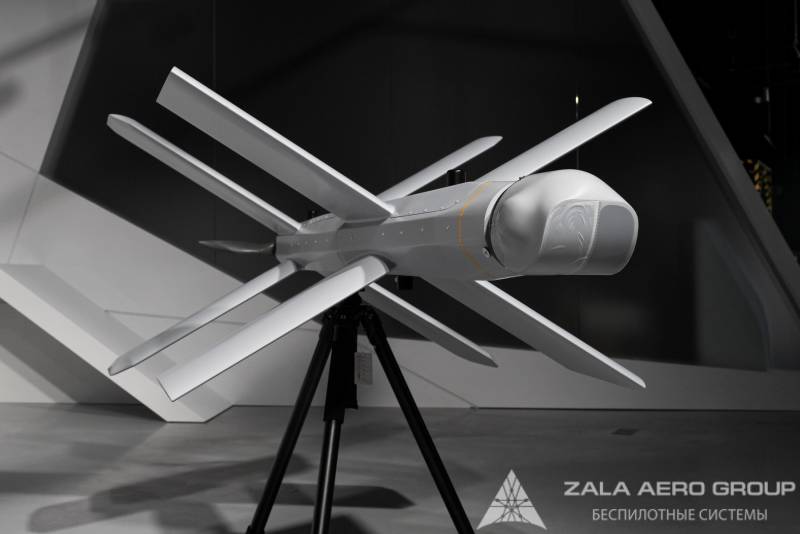
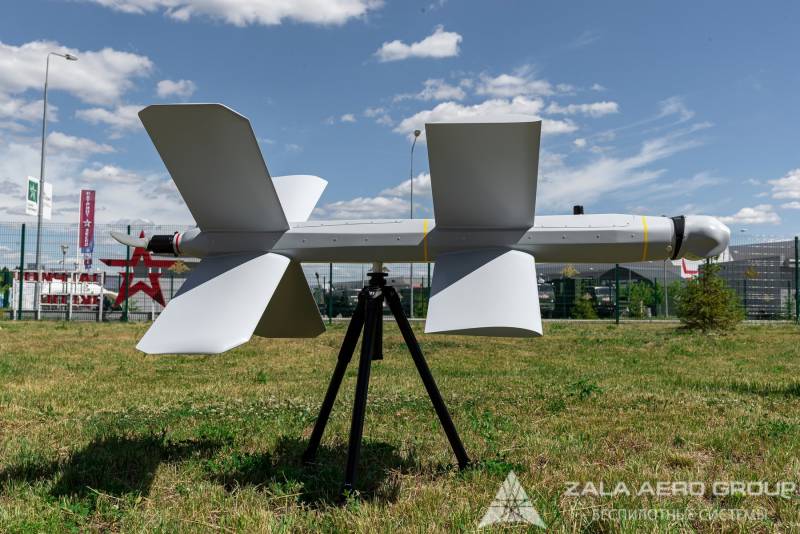
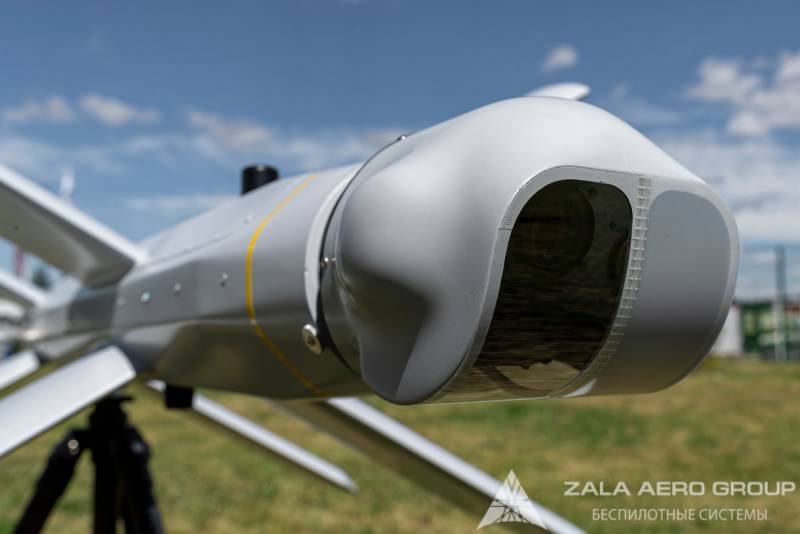
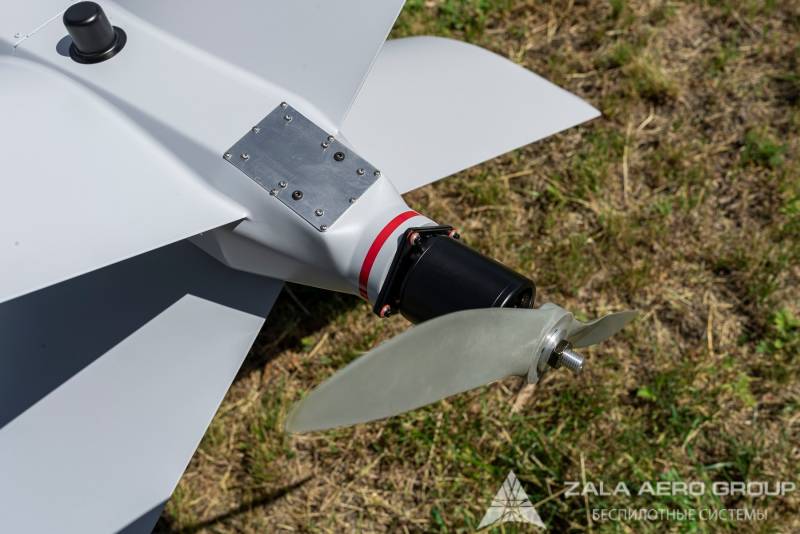
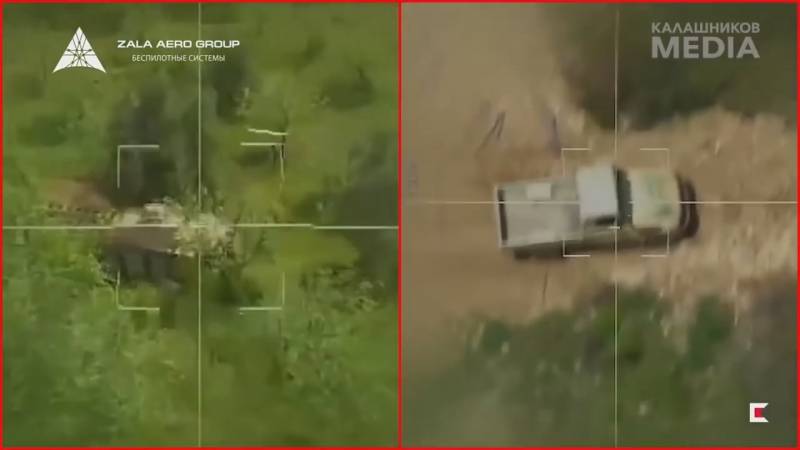
Information